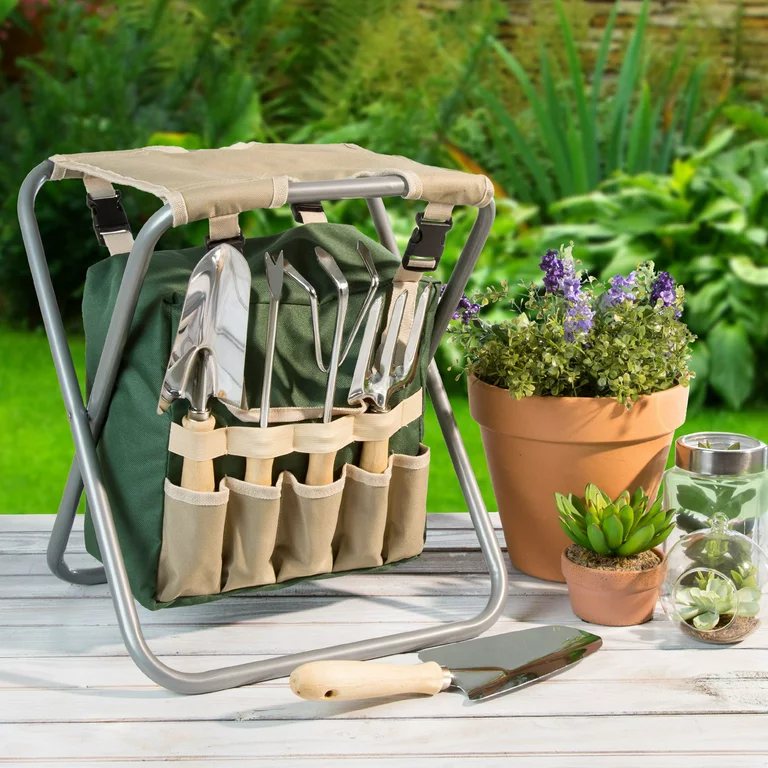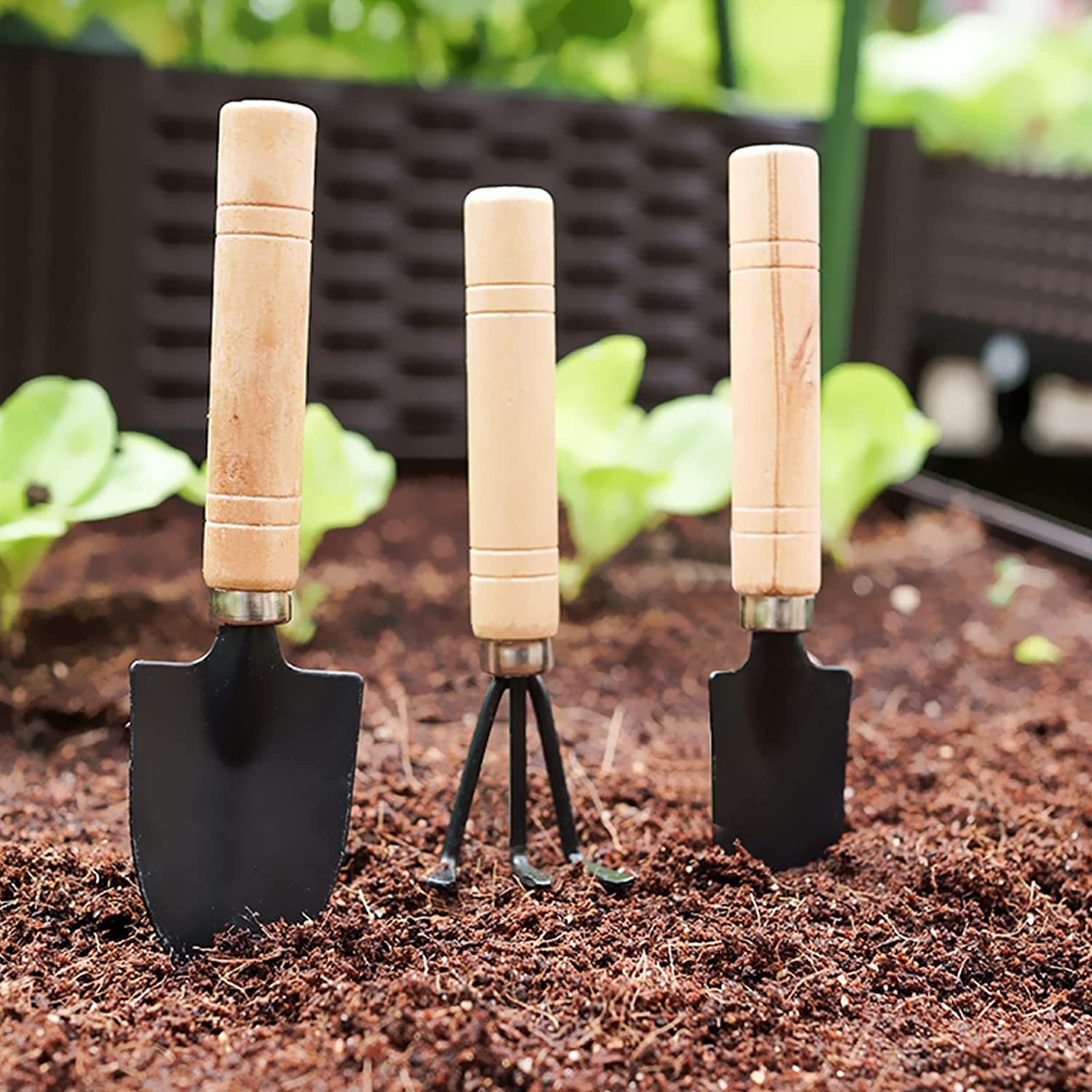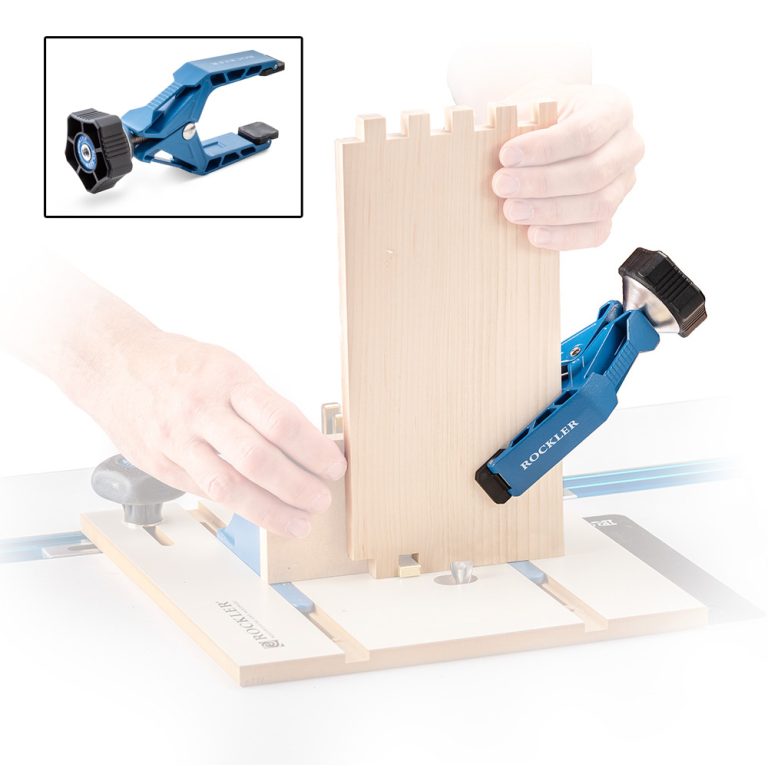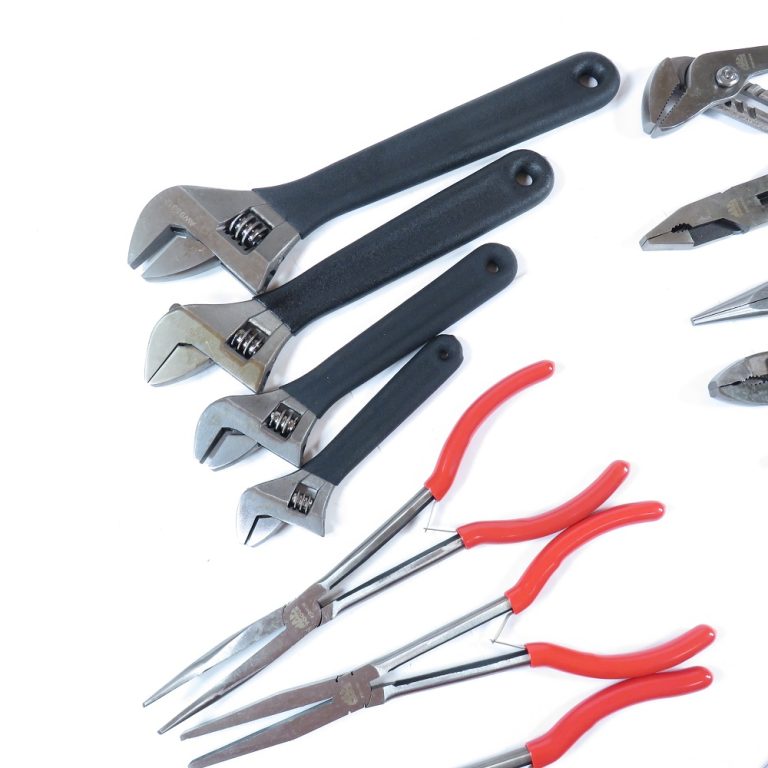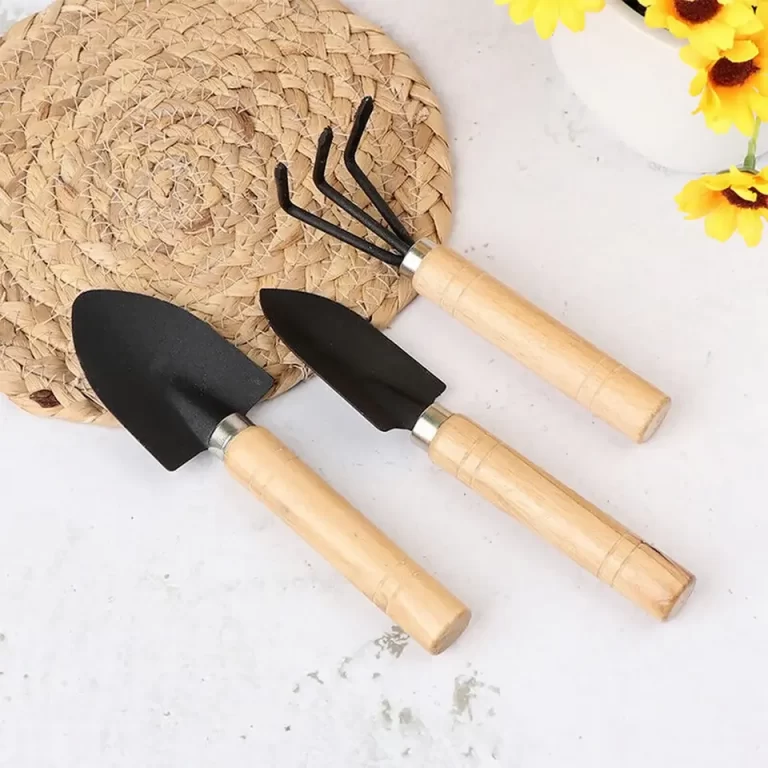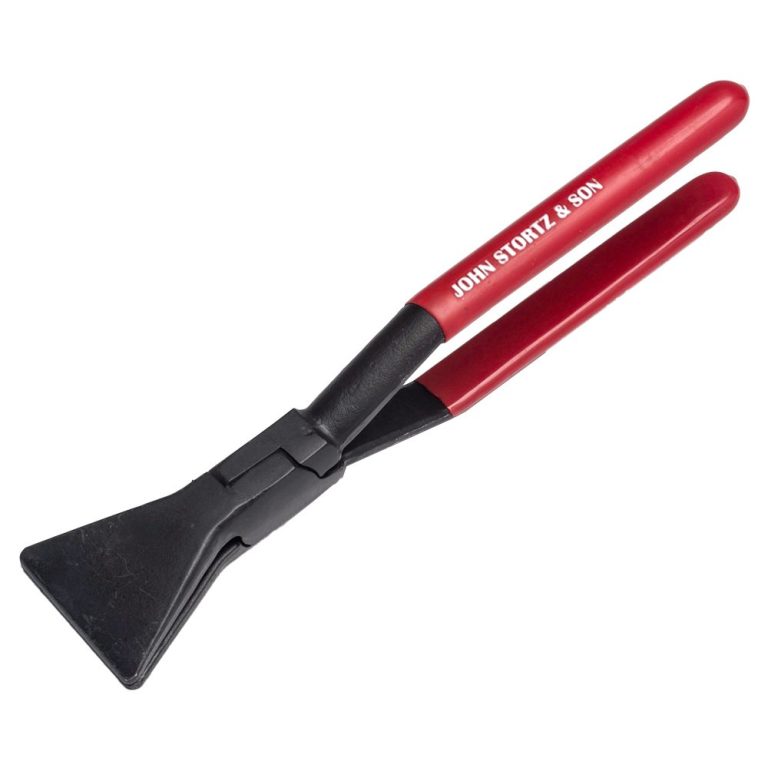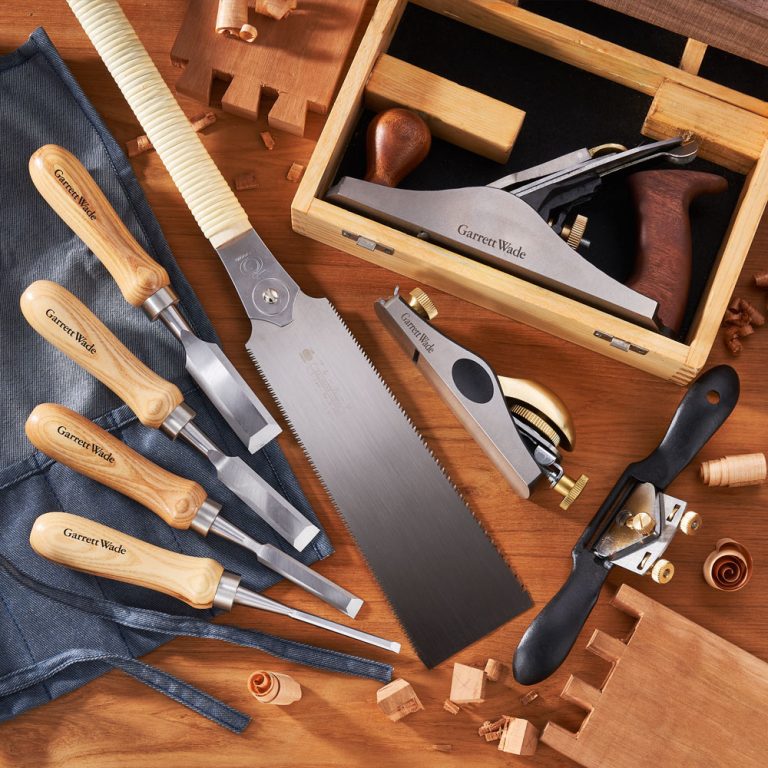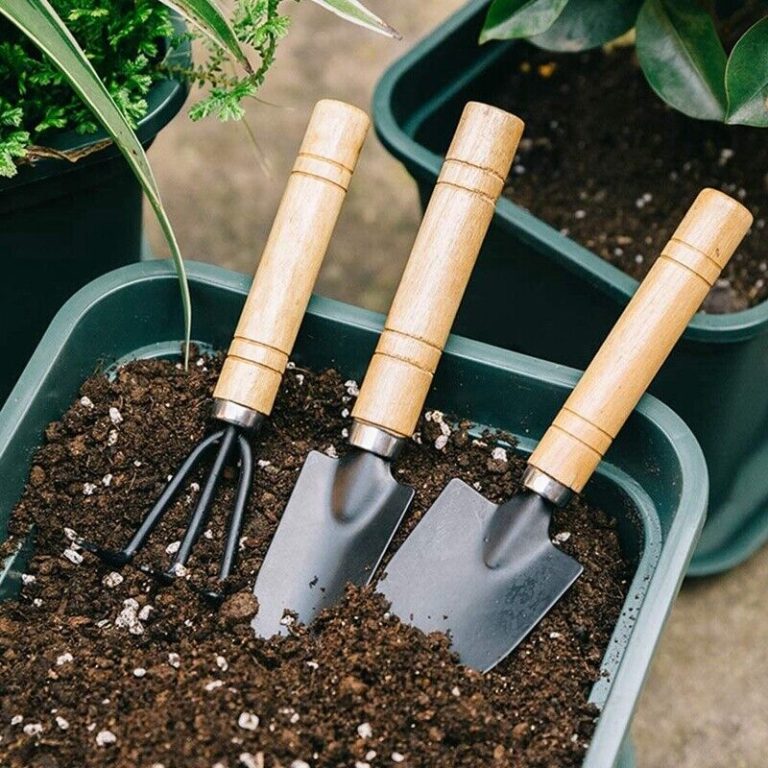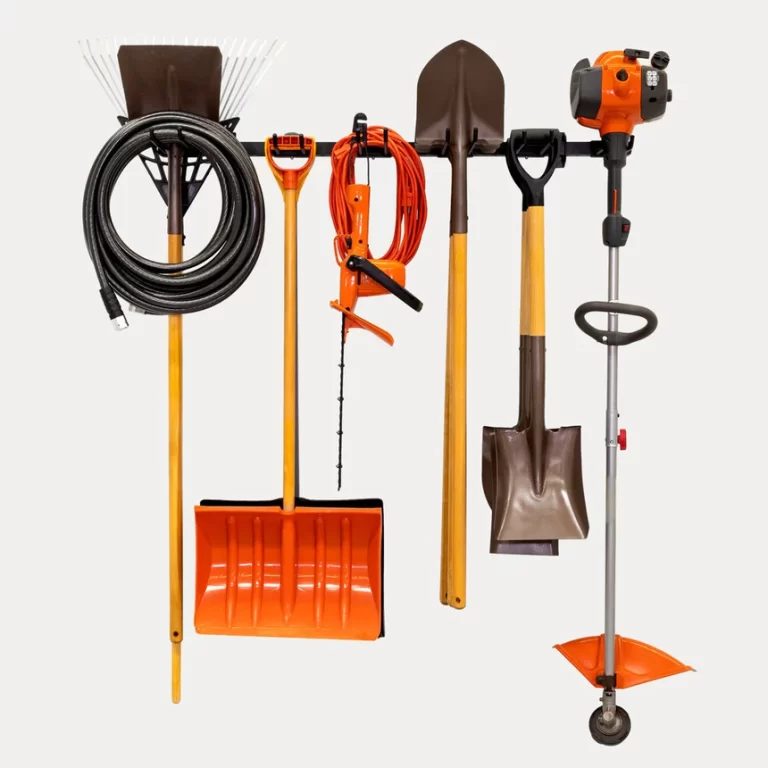Transforming Outdoor Spaces with the Right Tools
Landscaping equipment plays a crucial role in creating and maintaining beautiful outdoor spaces. From basic hand tools to advanced machinery, the right equipment can make all the difference. This blog explores seven categories of essential landscaping equipment. Each category serves specific purposes in landscape design and maintenance.
Lawn Care Equipment: Maintaining a Lush, Green Landscape
Lawn care equipment forms the backbone of any landscaping arsenal. Mowers stand as the most essential piece of lawn care equipment. Push mowers suit small, flat lawns. Self-propelled mowers make mowing larger or sloped areas easier. Riding mowers handle expansive lawns efficiently. Zero-turn mowers offer excellent maneuverability for lawns with obstacles. Each type of mower serves specific needs based on lawn size and terrain.
Trimmers and edgers provide the finishing touches to a well-manicured lawn. String trimmers, also known as weed whackers, cut grass in hard-to-reach areas. They trim around trees, fences, and other obstacles. Edgers create clean, defined lines along sidewalks and driveways. Some models combine trimming and edging functions for versatility. These tools ensure a polished look for any lawn.
Aerators and dethatchers promote lawn health by improving soil conditions. Aerators create small holes in the soil, allowing air, water, and nutrients to reach grass roots. This process reduces soil compaction and promotes healthier grass growth. Dethatchers remove the layer of dead grass and roots that accumulates between the soil surface and living grass. This layer, known as thatch, can prevent water and nutrients from reaching the soil. Regular aeration and dethatching contribute to a lusher, healthier lawn.
Planting and Cultivation Tools: Preparing and Nurturing Garden Beds
Planting and cultivation tools enable gardeners to prepare soil and tend to plants. Shovels and spades serve as versatile digging tools. Round-point shovels excel at digging holes and moving soil. Square-point shovels work well for edging and transplanting. Spades, with their flat blades, prove ideal for cutting through roots and dividing perennials. These tools form the foundation of any gardening toolkit.
Rakes and hoes assist in soil preparation and maintenance. Leaf rakes gather fallen leaves and debris. Garden rakes level soil and remove rocks from garden beds. Hoes help create furrows for planting and remove weeds. Different types of hoes suit various gardening tasks. Draw hoes work well for heavy-duty weeding. Scuffle hoes excel at light weeding and soil aeration. These tools keep garden beds tidy and primed for planting.
Tillers and cultivators mechanize the soil preparation process. Tillers break up compacted soil and mix in amendments. Front-tine tillers suit smaller gardens and raised beds. Rear-tine tillers handle larger areas and tougher soil conditions. Cultivators, smaller than tillers, maintain garden beds by loosening soil and uprooting weeds. These power tools save time and effort in garden preparation and maintenance.
Pruning and Trimming Equipment: Shaping and Maintaining Plants
Pruning and trimming equipment keeps plants healthy and shapely. Bypass pruners make clean cuts on live wood. Anvil pruners work well for dead wood. Loppers, with their long handles, provide leverage for cutting thicker branches. These hand tools allow for precise shaping of shrubs and small trees.
Hedge trimmers streamline the process of shaping hedges and bushes. Manual hedge shears offer quiet operation and precise control. Electric hedge trimmers provide more power for faster trimming. Gas-powered hedge trimmers offer maximum power and portability for large-scale jobs. Cordless models balance power and convenience. The right hedge trimmer depends on the size of the job and personal preferences.
Pole saws and chainsaws handle larger trimming tasks. Pole saws extend reach for trimming high branches. They eliminate the need for ladders in many situations. Chainsaws cut through thick branches and fell small trees. Electric chainsaws suit occasional use in smaller yards. Gas-powered chainsaws offer more power for frequent use or larger properties. Safety training proves essential for operating these powerful tools.
Irrigation and Watering Systems: Ensuring Plant Hydration
Irrigation and watering systems provide essential hydration for lawns and gardens. Sprinklers offer versatile watering solutions. Stationary sprinklers water small, regularly shaped areas. Oscillating sprinklers cover rectangular areas effectively. Impact sprinklers provide wide coverage for large lawns. In-ground sprinkler systems offer automatic watering for consistent lawn care. These systems save time and ensure even water distribution.
Hoses and nozzles allow for targeted watering. Garden hoses come in various lengths and materials. Lightweight hoses suit small gardens. Heavy-duty hoses withstand frequent use and harsh conditions. Expandable hoses offer convenient storage. Nozzles control water flow and spray patterns. Adjustable nozzles provide versatility for different watering needs. Watering wands reach hanging baskets and back rows of garden beds easily.
Drip irrigation equipment delivers water directly to plant roots. This efficient system minimizes water waste and reduces weed growth. Drip lines run along rows of plants, delivering water slowly and steadily. Emitters control water flow to individual plants. Timers automate the watering process for consistent care. Drip irrigation proves particularly useful in areas with water restrictions or for plants with specific watering needs.
Hardscaping Tools: Creating Structural Elements in the Landscape
Hardscaping tools enable the creation of patios, walkways, and other structural elements. Wheelbarrows and carts transport heavy materials around the work site. Traditional wheelbarrows offer maneuverability in tight spaces. Two-wheeled carts provide stability for heavier loads. Motorized wheelbarrows handle the toughest transportation tasks with ease. These tools reduce strain and increase efficiency in hardscaping projects.
Tampers and plate compactors ensure solid foundations for hardscape elements. Hand tampers compact small areas of soil or gravel. Rammer compactors excel at compacting soil in trenches. Plate compactors level and compact large areas of soil or gravel. Proper soil compaction prevents settling and shifting of pavers, retaining walls, and other structures. These tools prove essential for creating durable hardscape features.
Masonry tools shape and place stone and concrete elements. Trowels spread and smooth mortar or concrete. Jointers create clean, finished edges on masonry joints. Brick hammers chip and split bricks and pavers. Levels ensure straight lines and proper slopes in hardscaping projects. Masonry saws cut stone, brick, and concrete to size. These specialized tools allow for precise and professional-looking hardscape installations.
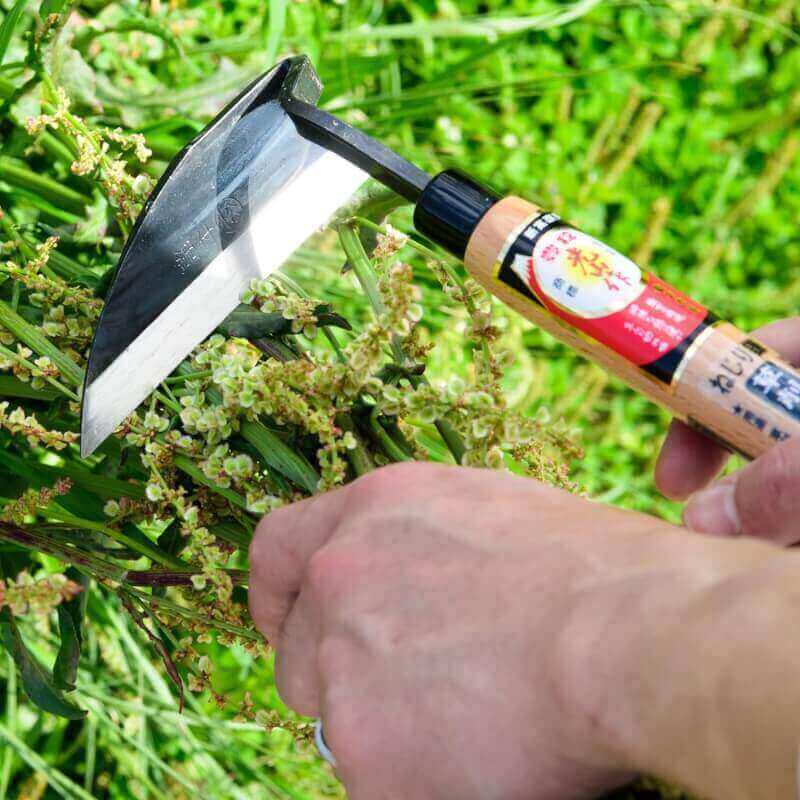
Power Equipment for Large-Scale Projects: Tackling Major Landscape Transformations
Power equipment handles major landscape alterations efficiently. Skid steers and mini excavators move large amounts of soil and materials. Skid steers, with their variety of attachments, perform multiple tasks. They grade soil, move materials, and even assist in planting trees. Mini excavators dig trenches, create water features, and help with major plantings. These versatile machines speed up large-scale landscaping projects significantly.
Trenchers and stump grinders perform specialized tasks in landscape renovation. Trenchers cut clean, straight trenches for irrigation systems, drainage pipes, or electrical lines. Walk-behind trenchers suit smaller projects. Ride-on trenchers handle larger jobs efficiently. Stump grinders remove tree stumps, allowing for new plantings or hardscape elements. These machines eliminate hours of manual labor in landscape preparation.
Chippers and shredders manage organic waste from landscaping projects. Chippers reduce branches and small trees to wood chips. These chips serve as mulch or pathway material. Shredders process leaves and small twigs into fine mulch. Combined chipper/shredders offer versatility for various organic materials. These machines turn landscape waste into useful materials, promoting sustainability in landscaping practices.
Safety and Protective Gear: Ensuring Well-Being in Landscaping Work
Safety and protective gear safeguard landscapers from potential hazards. Personal protective equipment (PPE) forms the first line of defense. Safety glasses protect eyes from flying debris. Ear protection guards against loud equipment noise. Work gloves shield hands from cuts, blisters, and chemical exposure. Steel-toed boots protect feet from falling objects and provide stability on uneven terrain. Proper PPE significantly reduces the risk of injury in landscaping work.
First aid kits provide immediate care for minor injuries. A well-stocked kit should include bandages, antiseptic wipes, and pain relievers. Tweezers help remove splinters or thorns. Burn gel soothes minor burns from equipment or sun exposure. Keeping a first aid kit easily accessible ensures quick treatment of minor injuries on the job site. Regular checks and restocking of the kit maintain its effectiveness.
Sun protection prevents long-term skin damage during outdoor work. Broad-spectrum sunscreen blocks harmful UV rays. Wide-brimmed hats shade the face, neck, and ears. Long-sleeved shirts and pants provide additional coverage. Sunglasses protect eyes from UV radiation and glare. Staying hydrated helps prevent heat-related illnesses. These precautions allow landscapers to work safely in sunny conditions.
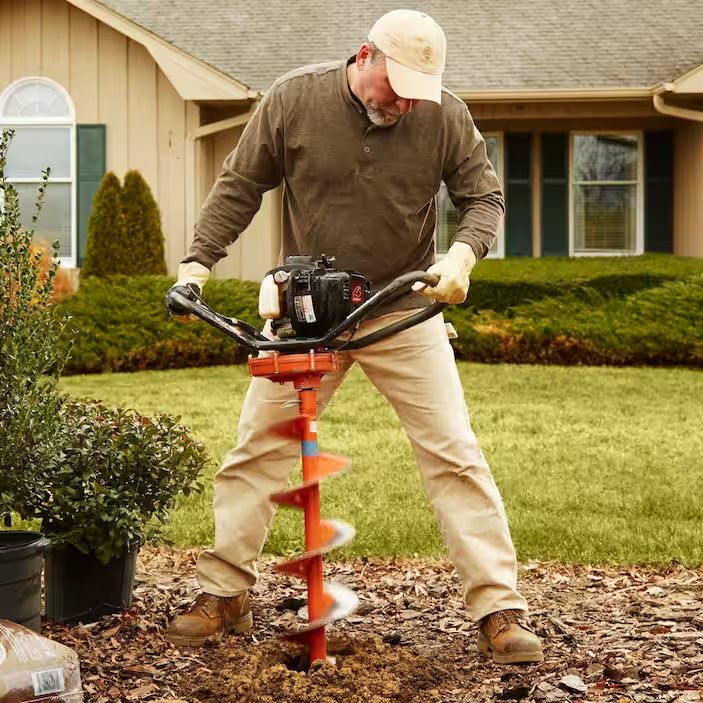
Conclusion
Landscaping equipment ranges from simple hand tools to complex machinery. Each piece serves specific purposes in creating and maintaining outdoor spaces. Proper selection and use of equipment enhance efficiency and results in landscaping projects. Regular maintenance ensures longevity and optimal performance of landscaping tools.
For homeowners, basic lawn care equipment and hand tools often suffice for routine maintenance. Professional landscapers require a broader range of equipment to handle diverse projects. Investment in quality tools pays off in durability and performance. Renting specialized equipment for occasional use can be cost-effective for both homeowners and professionals.
Advances in battery technology have increased the popularity of cordless landscaping equipment. These tools offer the power of gas-powered equipment with reduced noise and emissions. Improved battery life and quick charging capabilities make cordless tools increasingly practical for professional use. This trend aligns with growing environmental consciousness in the landscaping industry.
Safety remains paramount in landscaping work. Proper training in equipment use prevents accidents and injuries. Regular equipment maintenance ensures safe operation. Adherence to safety guidelines and use of protective gear minimize risks associated with landscaping tasks. A culture of safety benefits both workers and clients in the landscaping industry.
As landscaping trends evolve, equipment adapts to meet new needs. Smart irrigation systems conserve water through weather-based controls. Robotic mowers provide automated lawn maintenance. Eco-friendly electric equipment reduces carbon footprints. Staying informed about new equipment developments helps landscapers improve efficiency and sustainability in their work.
Selecting the right landscaping equipment depends on project scope, property size, and personal or professional needs. A well-equipped toolset enables the creation and maintenance of beautiful, functional outdoor spaces. From nurturing plant life to shaping hardscape elements, landscaping equipment transforms visions into reality. With proper tools and knowledge, anyone can enhance their outdoor environment and create lasting beauty in the landscape.
